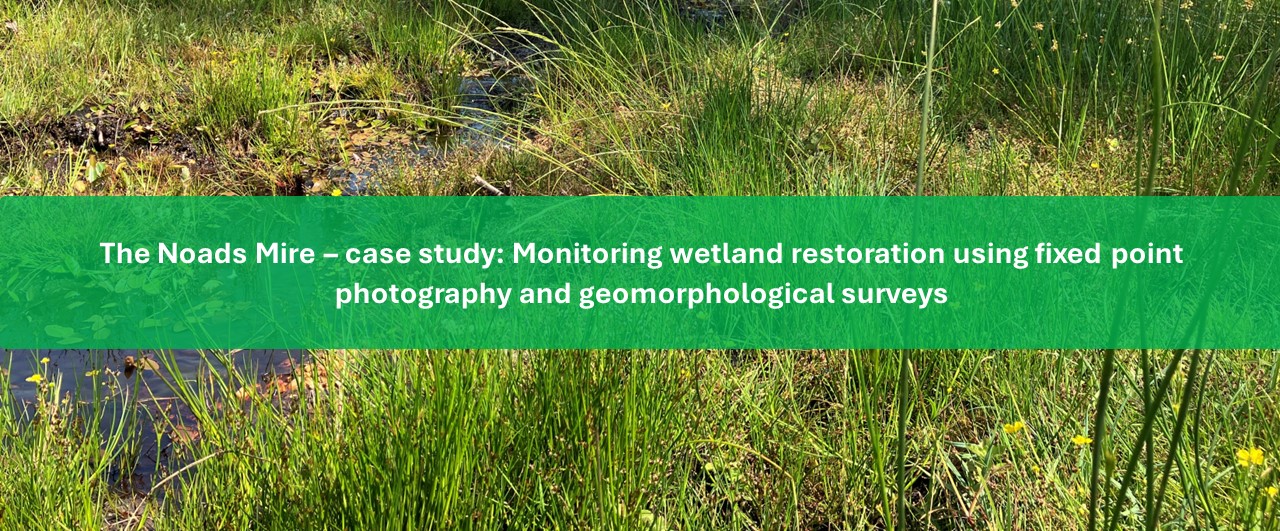How rivers change the landscape
Since 2010, the Higher Level Stewardship (HLS) scheme has been funding wetland restoration projects across the New Forest. To monitor the progress of these efforts, geomorphological surveys and fixed-point photography have been employed. One example project is The Noads Mire, where artificial drainage had been causing excessive erosion. The surveys demonstrated that the restoration work was successful in creating a watercourse with a more diffuse flow, reducing areas of active erosion and enabling water to spread out
laterally. The hydrological and ecological benefits of this are numerous. Some, such as the formation of peat from newly established Sphagnum moss, will only become evident in the long term. However, other benefits, like the increased growth of vegetation within the channels, are already visible.
Take a look at the full case study by clicking on the image below:
